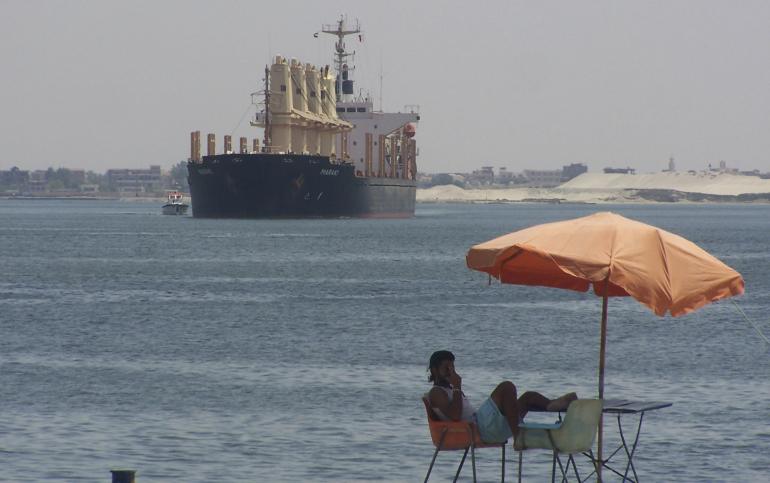When the expansion of the Panama Canal is completed, it may be seen as a better alternative to the Suez Canal, which is becoming increasingly dangerous for U.S. shippers, who use the canal to reach Asian markets, the commissioner of the Federal Maritime Commission (FMC) said Wednesday.
Ever since Egypt was thrown into political turmoil when President Hosni Mubarak was removed from office, the Sinai Desert has become a lawless region, and Islamists there see an opening to fill in the security vacuum.
Militants have stepped up attacks against tourists, Egyptian security forces and Israeli towns, and the increased attacks have prompted Egyptian security forces to conduct several major operations to root the terrorists out.
The Egyptian military is tying to keep the border with Israel quiet by isolating Hamas, which controls Gaza.
In the beginning of September, terrorists fired on a ship transiting the Suez Canal with rocket propelled grenades.
The Suez Canal is a vital oil choke point that, if disrupted, could raise the price of oil and disrupt oil supplies. The canal, which links the Mediterranean Sea to the Red Sea, handles about eight percent of the world’s trade.
Energy experts say that the unrest in Egypt has contributed to a recent rise in oil prices.
“Egypt made some players in the market very uneasy as to what might happen in the near future with supplies,” Christopher Knittel, an energy economist at the MIT Sloan School of Management, said.
The commissioner of the FCM, William Doyle, said that ship owners, operators and shippers have to review their trade route options as the completion of the Panama Canal expansion gets closer. He pointed to the changing security risks associated with major transit routes like the Suez Canal.
The Panama Canal expansion is slated to be completed by mid-2015 and will mark a 160 percent increase in the size of ships able to transit through the canal; it will also double the size in tonnage of trade that passes through the canal.
The decision on whether to use the Panama Canal or other transit routes will also have to include a “security and a cost benefit analysis — which means that the decision-makers need to know as soon as possible the costs associated with transiting the Panama Canal,” Doyle said.
